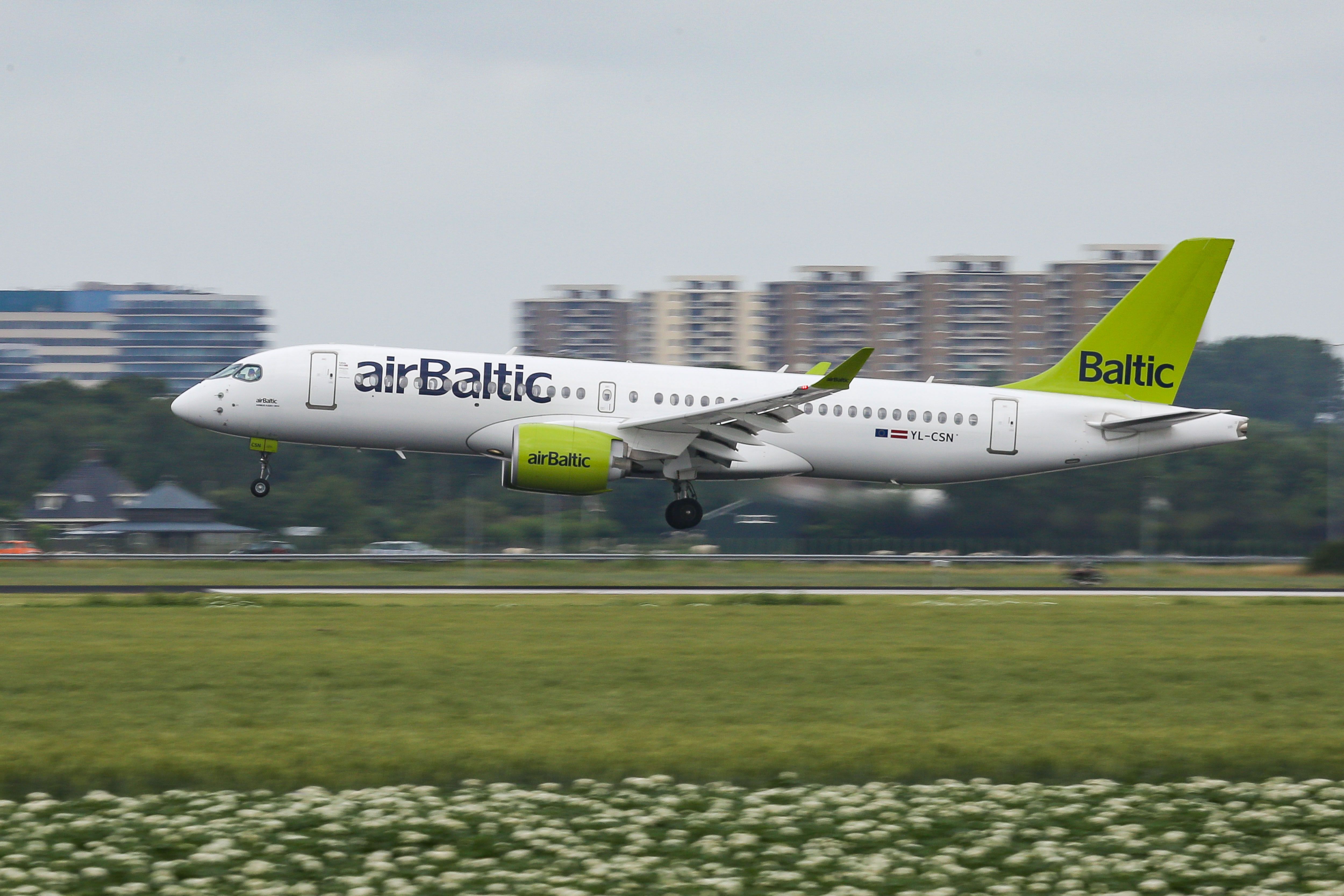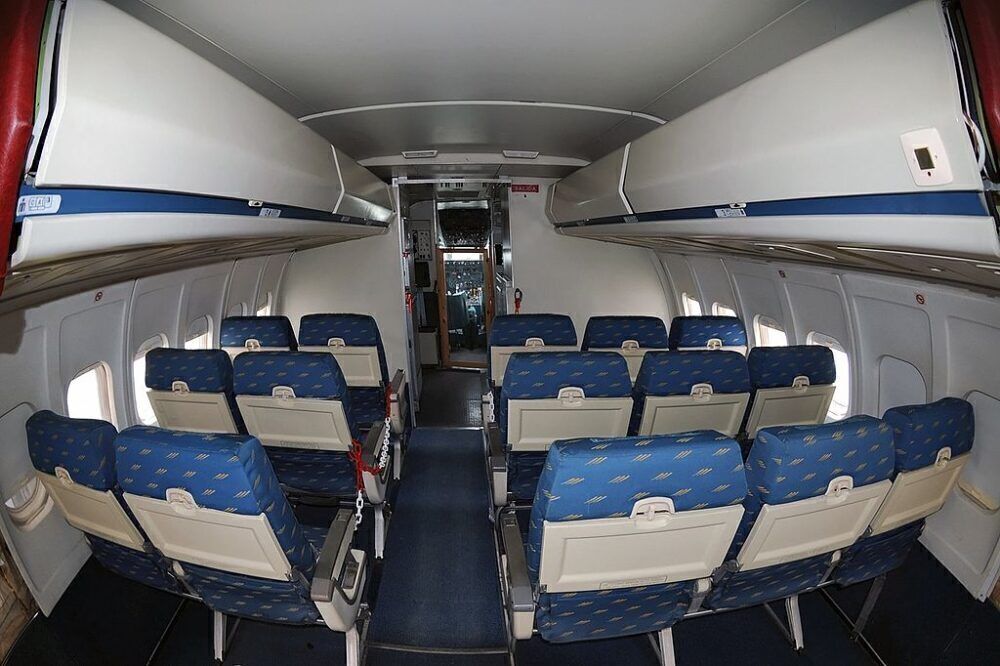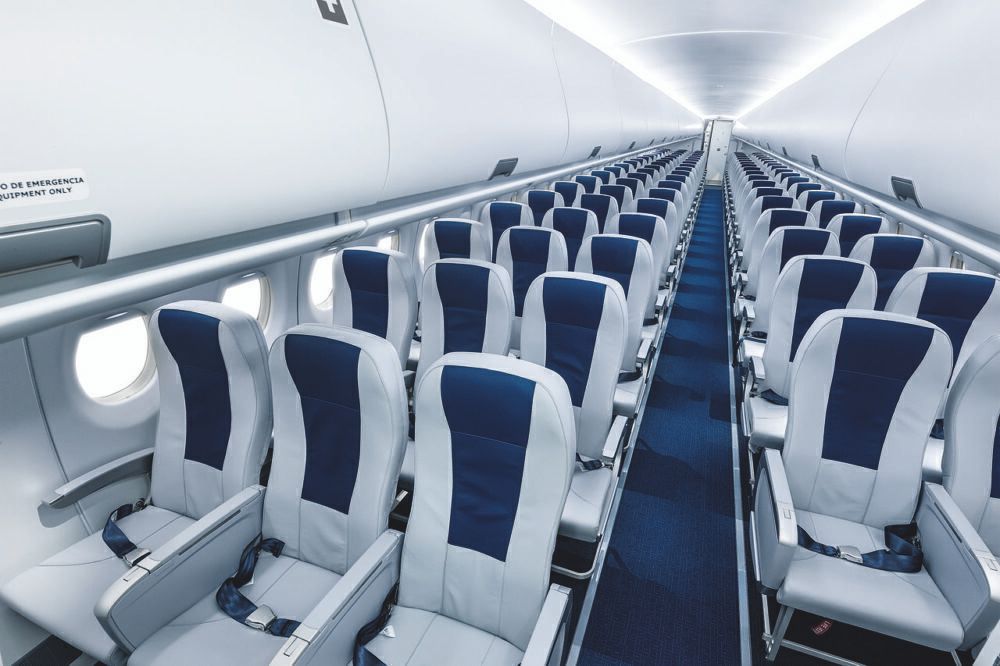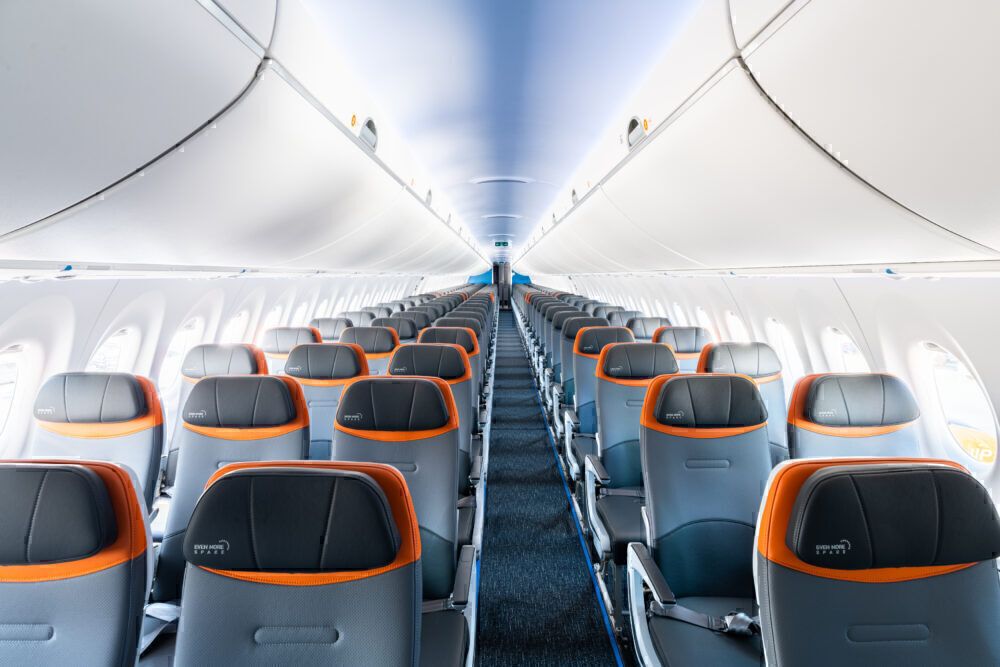Aircraft are configured differently depending on the size of the cabin and the requirement of the target market. For instance, the economy class on Emirates’ gargantuan A380s is configured in a 3-4-3. Meanwhile, those traveling with the likes of Southwest Airlines and their Boeing 737-800s will notice a 3-3 formation. However, there are some planes that are set up in an unusual 2-3 layout. Here is a look at these types.
Narrowbody jets naturally have more compact layouts due to the smaller size of the cabin. Boeing and Airbus’ common narrowbodies generally go for the 3-3 option. Additionally, the likes of Embraer have to be even more precise with their regional jets. For instance, the ERJ145s are configured in a 1-2 setting, and there are even aircraft, such as some turboprops, that have configurations as low as 1-1.
An industry classic
When it comes to the 2-3 formation, there are two commercial planes that stand out. The first aircraft is the classic Douglas DC-9. While this type's first class had a 2-2 configuration, the main cabin was configured in 2-3. Delta Air Lines introduced the jet in December 1965, with the Atlanta-based carrier looking to deploy it on services to smaller and intermediate-sized cities.
Delta reserved the DC-8 and Convair 880 for longer distances while the 65-seat DC-9 operated shorter-distanced flights. It was a useful aircraft for airlines across the United States as 60% of all passenger traffic in the nation was on routes that covered up to 500 mi (805 km).
The DC-9 gave way to modern solutions, and it is now primarily operated by just a handful of freight outfits. Notably, the planes that replaced the model have more symmetrical configurations and are overall more efficient.
Regional outfits
Another major aircraft that opted for a 2-3 configuration is a much more modern unit. The Sukhoi Superjet 100 was introduced with Armavia in April 2011. This Russian plane typically provides the capacity for 87 to 98 passengers and is great for regional operations.
Like the DC-9, the Superjet 100’s premium offering has a 2-2 configuration. Meanwhile, the economy is in a 2-3 layout. Interestingly, the likes of Intjerjet, which took over 20 deliveries of the jet, offered a 34-inch seat pitch on the plane. This aspect gives premium economy legroom in an economy setting.
Stay informed: Sign up for our daily and weekly aviation news digests.
The most prevalent
For most fliers, the most accessible opportunity to fly in a 2-3 configured cabin is the Airbus A220. Both the A220-300 and the smaller A220-100 feature three seats on one side of the aisle, and two on the other.
If you're keen to give it a try, the top operators of the type are Delta, SWISS, and airBaltic. These three operators hold 119 of the 152 aircraft that have been delivered across the globe.
Manufacturers and airlines adapt their configurations to the needs of the market. Many previous layouts are hard to come by now, such as the 2-5-2 formation. This setting allowed couples to sit by the windows with families occupying the middle. However, as with other parts of the aircraft, requirements change as the market develops.
Would you like to see more aircraft deploy 2-3 seating arrangements? Have you ever flown on an aircraft with this configuration? Share your thoughts with us about this setting in the comment section.




